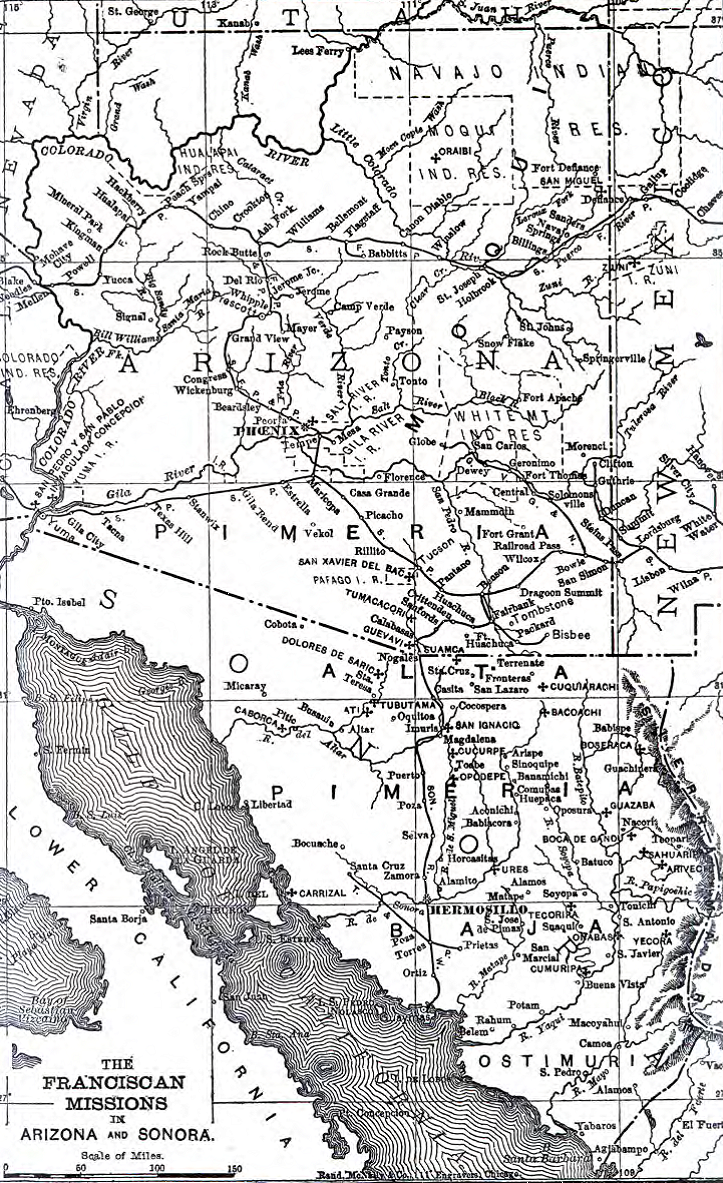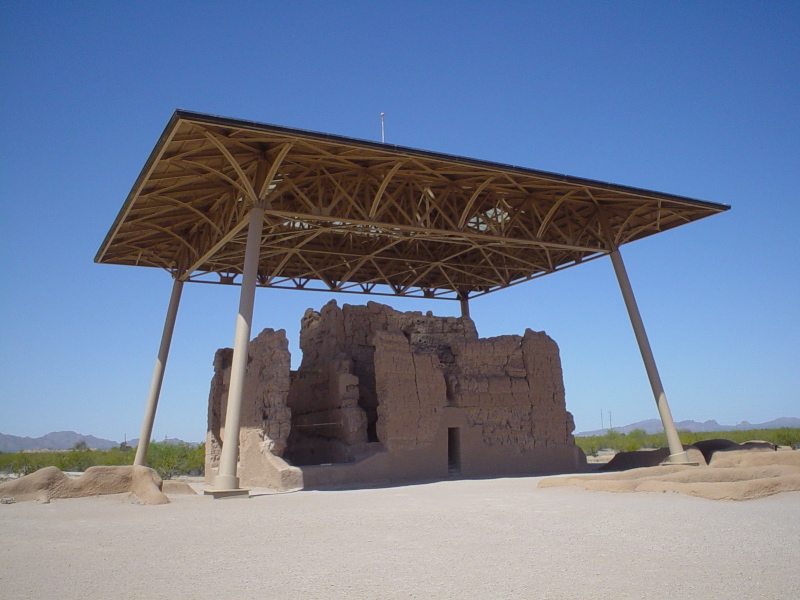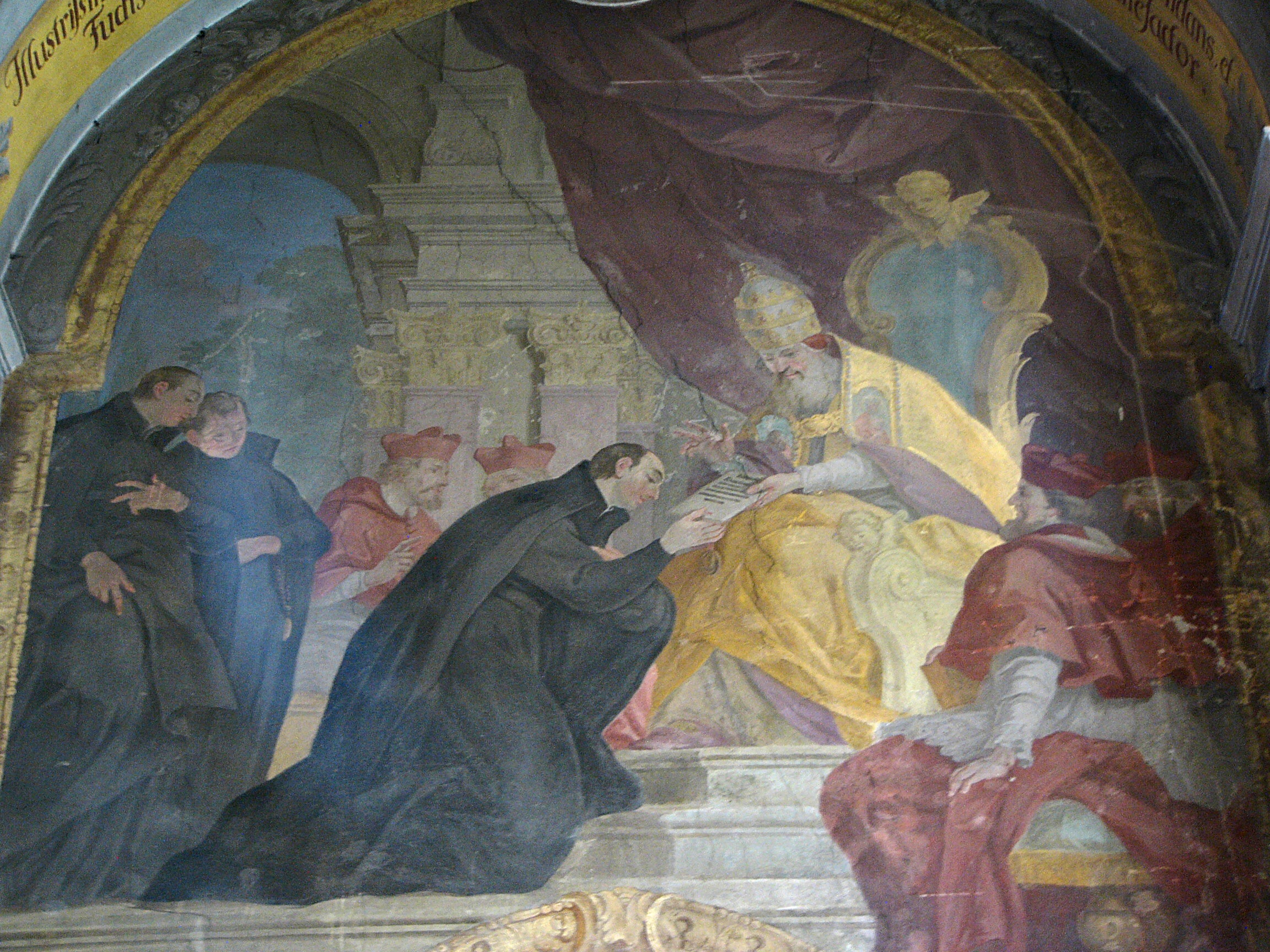|
Spanish Missions In The Sonoran Desert
The Spanish missions in the Sonoran Desert ( es, Misiones jesuíticas en el desierto de Sonora) are a series of Jesuit Catholic religious outposts established by the Spanish Catholic Jesuits and other orders for religious conversions of the Pima and Tohono O'odham indigenous peoples residing in the Sonoran Desert. An added goal was giving Spain a colonial presence in their frontier territory of the Sonora y Sinaloa Province in the Viceroyalty of New Spain, and relocating by Indian Reductions (''Reducciones de Indios'') settlements and encomiendas for agricultural, ranching, and mining labor. Geography and history The missions are in an area of the Sonoran Desert, then called "Pimería Alta de Sonora y Sinaloa" (Upper Pima of Sonora and Sinaloa), now divided between the Mexican state of Sonora and the U.S. state of Arizona. Jesuits in missions in Northwestern Mexico wrote reports that throw light on the indigenous peoples they evangelized. A 1601 report, ''Relación de la Pro ... [...More Info...] [...Related Items...] OR: [Wikipedia] [Google] [Baidu] |
Jesuit
, image = Ihs-logo.svg , image_size = 175px , caption = ChristogramOfficial seal of the Jesuits , abbreviation = SJ , nickname = Jesuits , formation = , founders = , founding_location = , type = Order of clerics regular of pontifical right (for men) , headquarters = Generalate:Borgo S. Spirito 4, 00195 Roma-Prati, Italy , coords = , region_served = Worldwide , num_members = 14,839 members (includes 10,721 priests) as of 2020 , leader_title = Motto , leader_name = la, Ad Majorem Dei GloriamEnglish: ''For the Greater Glory of God'' , leader_title2 = Superior General , leader_name2 = Fr. Arturo Sosa, SJ , leader_title3 = Patron saints , leader_name3 = , leader_title4 = Ministry , leader_name4 = Missionary, educational, literary works , main_organ = La Civiltà Cattolica ... [...More Info...] [...Related Items...] OR: [Wikipedia] [Google] [Baidu] |
Pimería Alta
The ''Pimería Alta'' (translated to 'Upper Pima Land'/'Land of the Upper Pima' in English) was an area of the 18th century Sonora y Sinaloa Province in the Viceroyalty of New Spain, that encompassed parts of what are today southern Arizona in the United States and northern Sonora in Mexico. The area took its name from the Pima and closely related O'odham (''Papago'') indigenous peoples residing in the Sonoran Desert. Pimería Alta was the site of the Spanish missions in the Sonoran Desert established by the Jesuit missionary Eusebio Kino in the late 17th and early 18th centuries. A significant Pima rebellion against Spanish rule occurred in 1751. Terminology The term Pimería Alta first appeared in Spanish colonial documents (especially produced by those in the Catholic Church) to designate an ethno-territorial expanse that spanned much of what is now southern Arizona and northern Sonora. The term derives from the name of the Pima indigenous peoples native to the region. This ... [...More Info...] [...Related Items...] OR: [Wikipedia] [Google] [Baidu] |
Jesuits
The Society of Jesus ( la, Societas Iesu; abbreviation: SJ), also known as the Jesuits (; la, Iesuitæ), is a religious order (Catholic), religious order of clerics regular of pontifical right for men in the Catholic Church headquartered in Rome. It was founded in 1540 by Ignatius of Loyola and six companions, with the approval of Pope Paul III. The society is engaged in evangelization and apostolic ministry in 112 nations. Jesuits work in education, research, and cultural pursuits. Jesuits also give retreats, minister in hospitals and parishes, sponsor direct social and humanitarian ministries, and promote Ecumenism, ecumenical dialogue. The Society of Jesus is consecrated under the patron saint, patronage of Madonna della Strada, a title of the Blessed Virgin Mary, and it is led by a Superior General of the Society of Jesus, Superior General. The headquarters of the society, its Curia, General Curia, is in Rome. The historic curia of Ignatius is now part of the attached to t ... [...More Info...] [...Related Items...] OR: [Wikipedia] [Google] [Baidu] |
Fronteras
Fronteras is the seat of Fronteras Municipality in the northeastern part of the Mexican state of Sonora. Frontera translates as Border. The elevation is 1,120 meters and neighboring municipalities are Agua Prieta, Nacozari and Bacoachi. The area is 2839.62 km2, which represents 1.53% of the state total. Fronteras was founded by the Jesuits as a mission in 1645. Geography Fronteras is located in a mountainous area on the west side of the Sierra Madre Occidental. The average annual temperature is 16.9 °C. The rainy season is from July to August and the average annual rainfall is 427.5 millimeters. Demographics and industry The municipal population was 7,081 (2.34 /km2) in 2000, although in a second counting in 2005 this had increased to 7,470. The most important settlement and the municipal seat had 874 inhabitants in 2000. Industry is the most important economic activity together with agriculture and cattle raising. There was one ''maquiladora'' in 2000. The main ag ... [...More Info...] [...Related Items...] OR: [Wikipedia] [Google] [Baidu] |
Misión De Cuquiárachi
Fronteras is the seat of Fronteras Municipality in the northeastern part of the Mexican state of Sonora. Frontera translates as Border. The elevation is 1,120 meters and neighboring municipalities are Agua Prieta, Nacozari and Bacoachi. The area is 2839.62 km2, which represents 1.53% of the state total. Fronteras was founded by the Jesuits as a mission in 1645. Geography Fronteras is located in a mountainous area on the west side of the Sierra Madre Occidental. The average annual temperature is 16.9 °C. The rainy season is from July to August and the average annual rainfall is 427.5 millimeters. Demographics and industry The municipal population was 7,081 (2.34 /km2) in 2000, although in a second counting in 2005 this had increased to 7,470. The most important settlement and the municipal seat had 874 inhabitants in 2000. Industry is the most important economic activity together with agriculture and cattle raising. There was one ''maquiladora'' in 2000. The main ag ... [...More Info...] [...Related Items...] OR: [Wikipedia] [Google] [Baidu] |
Religious Order (Catholic)
In the Catholic Church, a religious order is a community of consecrated life with members that profess solemn vows. They are classed as a type of religious institute. Subcategories of religious orders are: * canons regular (canons and canonesses regular who recite the Divine Office and serve a church and perhaps a parish); * monastics (monks or nuns living and working in a monastery and reciting the Divine Office); * mendicants (friars or religious sisters who live from alms, recite the Divine Office, and, in the case of the men, participate in apostolic activities); and * clerics regular (priests who take religious vows and have a very active apostolic life). Original Catholic religious orders of the Middle Ages include the Order of Saint Benedict. In particular the earliest orders include the English Benedictine Congregation (1216) and Benedictine communities connected to Cluny Abbey, the Benedictine reform movement of Cistercians, and the Norbertine Order of Premonstratens ... [...More Info...] [...Related Items...] OR: [Wikipedia] [Google] [Baidu] |
Tucson, Arizona
, "(at the) base of the black ill , nicknames = "The Old Pueblo", "Optics Valley", "America's biggest small town" , image_map = , mapsize = 260px , map_caption = Interactive map outlining Tucson , image_map1 = File:Pima County Incorporated and Unincorporated areas Tucson highlighted.svg , mapsize1 = 250px , map_caption1 = Location within Pima County , pushpin_label = Tucson , pushpin_map = USA Arizona#USA , pushpin_map_caption = Location within Arizona##Location within the United States , subdivision_type = Country , subdivision_type1 = State , subdivision_type2 = County , subdivision_name = United States , subdivision_name1 = Arizona , subdivision_name2 = Pima , established_title = Founded , established_date = August 20, 1775 , established_title1 = Incorporated , e ... [...More Info...] [...Related Items...] OR: [Wikipedia] [Google] [Baidu] |
Expulsion Of The Jesuits
The suppression of the Jesuits was the removal of all members of the Society of Jesus from most of the countries of Western Europe and their colonies beginning in 1759, and the abolishment of the order by the Holy See in 1773. The Jesuits were serially expelled from the Portuguese Empire (1759), France (1764), the Two Sicilies, Malta, Parma, the Spanish Empire (1767) and Austria, and Hungary (1782). This timeline was influenced by political manoeuvrings both in Rome and within each country involved. The papacy reluctantly acceded to the anti-Jesuit demands of various Catholic kingdoms while providing minimal theological justification for the suppressions. Historians identify multiple factors causing the suppression. The Jesuits, who were not above getting involved in politics, were distrusted for their closeness to the pope and his power in the religious and political affairs of independent nations. In France, it was a combination of many influences, from Jansenism to free-thou ... [...More Info...] [...Related Items...] OR: [Wikipedia] [Google] [Baidu] |
Charles III Of Spain
it, Carlo Sebastiano di Borbone e Farnese , house = Bourbon-Anjou , father = Philip V of Spain , mother = Elisabeth Farnese , birth_date = 20 January 1716 , birth_place = Royal Alcazar of Madrid, Spain , death_date = , death_place = Royal Palace of Madrid, Spain , place of burial= El Escorial , religion = Roman Catholicism , signature = Autograph Charles III of Spain.svg Charles III (born Charles Sebastian; es, Carlos Sebastián; 20 January 1716 – 14 December 1788) was King of Spain (1759–1788). He also was Duke of Parma and Piacenza, as Charles I (1731–1735); King of Naples, as Charles VII, and King of Sicily, as Charles V (1734–1759). He was the fifth son of Philip V of Spain, and the eldest son of Philip's second wife, Elisabeth Farnese. A proponent of enlightened absolutism and regalism, he succeeded to the Spanish throne on 10 August 1759, upon the death of his childless half-brother Ferdinand VI. In 1731, t ... [...More Info...] [...Related Items...] OR: [Wikipedia] [Google] [Baidu] |
Sobaipuri
The Sobaipuri were one of many indigenous groups occupying Sonora and what is now Arizona at the time Europeans first entered the American Southwest. They were a Piman or O'odham group who occupied southern Arizona and northern Sonora (the Pimería Alta) in the 15th–19th centuries. They were a subgroup of the O'odham or Pima, surviving members of which include the residents of San Xavier del Bac which is now part of the Tohono O'odham Nation and the Akimel O'odham. Debate sometimes still arises as to whether the Sobaipuri and other O'odham groups are related to the prehistoric Hohokam who occupied a portion of the same geographic area and were present until about the 15th century. This question is sometimes phrased as the "Hohokam-Pima" or "Salado-Pima continuum", a phraseology that questions whether there is a connection between the prehistoric Hohokam and the first historic groups cited in the area. A key piece of the puzzle has recently been found when it was discovered t ... [...More Info...] [...Related Items...] OR: [Wikipedia] [Google] [Baidu] |
Father Kino
Eusebio Francisco Kino ( it, Eusebio Francesco Chini, es, Eusebio Francisco Kino; 10 August 1645 – 15 March 1711), often referred to as Father Kino, was a Tyrolean Jesuit, missionary, geographer, explorer, cartographer and astronomer born in the Territory of the Bishopric of Trent, then part of the Holy Roman Empire. For the last 24 years of his life he worked in the region then known as the Pimería Alta, modern-day Sonora in Mexico and southern Arizona in the United States. He explored the region and worked with the indigenous Native American population, including primarily the Tohono O'Odham, Sobaipuri and other Upper Piman groups. He proved that the Baja California Territory was not an island but a peninsula by leading an overland expedition there. By the time of his death he had established 24 missions and visitas (country chapels or visiting stations). Early life Kino was born Eusebio Chini (the spelling Kino was the version for use in Spanish-speaking domains) in ... [...More Info...] [...Related Items...] OR: [Wikipedia] [Google] [Baidu] |






.png)
